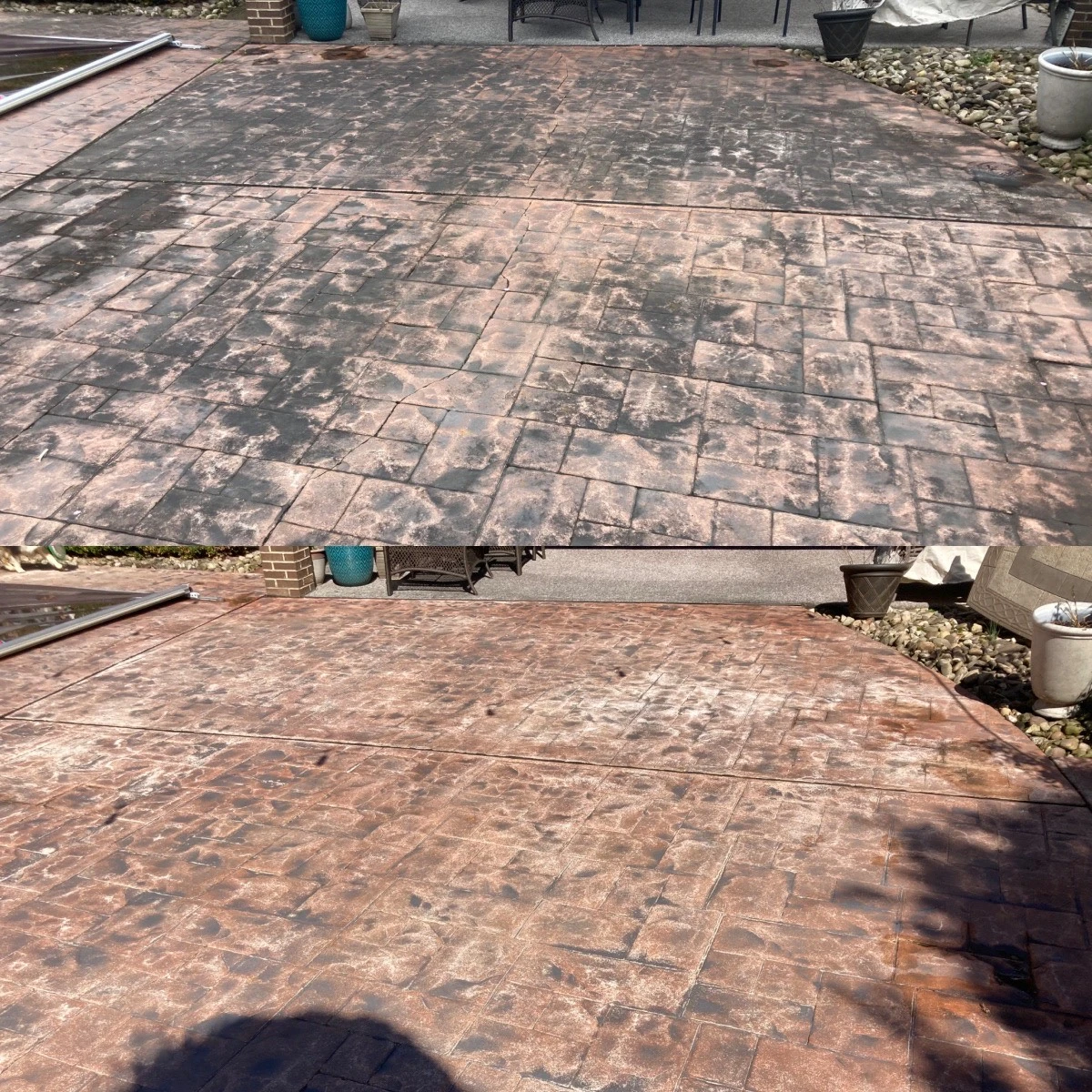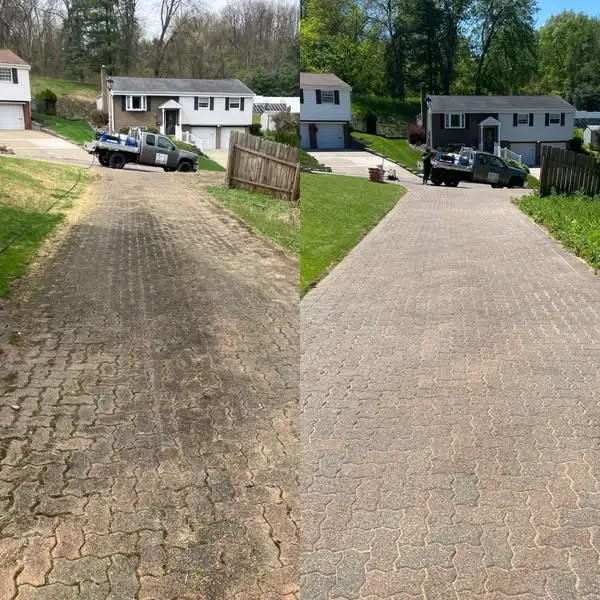Introduction
Concrete is a versatile and durable material commonly used in driveways, patios, sidewalks, and other outdoor surfaces. However, despite its strength, concrete is susceptible to damage from various sources, including moisture, chemicals, and freeze-thaw cycles. One effective way to protect and preserve concrete surfaces is through sealing. In this blog post, we will explore the importance of sealing concrete and the numerous benefits it offers.
Preventing Water Damage and Moisture Intrusion
One of the primary reasons for sealing concrete surfaces is to prevent water damage and moisture intrusion. Unsealed concrete is porous, allowing water to seep into the material. Over time, this can lead to cracks, spalling, and other forms of deterioration. By applying a quality sealer, you create a barrier that repels water and prevents moisture from penetrating the concrete, thus enhancing its durability and longevity.
Protection Against Chemicals and Stains
In addition to water damage, concrete is also vulnerable to damage from chemicals, such as oil, grease, and de-icing salts. Sealing concrete helps to create a protective layer that resists the penetration of chemicals, preventing them from causing unsightly stains or etching the surface. This is particularly important for driveways and garage floors, which are exposed to vehicle fluids and other harsh substances.
Enhancing Appearance and Color Retention
Sealing concrete not only protects it from damage but also enhances its appearance. A sealer can impart a glossy or matte finish to the concrete, giving it a clean and polished look. Additionally, sealing can help to retain the color of stamped or decorative concrete, preventing fading and ensuring that the surface looks vibrant and attractive for years to come.
Preventing Efflorescence and Mold Growth
Efflorescence, the white, powdery substance that forms on the surface of concrete due to mineral deposits, can detract from the appearance of the concrete and indicate underlying moisture issues. Sealing concrete helps to prevent efflorescence by reducing the amount of water that can enter the material. Furthermore, sealing can also inhibit mold and mildew growth, particularly in areas with high moisture levels, such as basements and outdoor patios.
Conclusion
In conclusion, sealing concrete is a crucial step in protecting and maintaining outdoor surfaces. From preventing water damage and chemical stains to enhancing appearance and preventing efflorescence, the benefits of sealing are numerous. By investing in a quality sealer and regularly applying it to your concrete surfaces, you can ensure their durability, longevity, and aesthetic appeal. Don’t overlook the importance of sealing concrete – it’s a small step that can make a big difference in the lifespan and performance of your concrete surfaces.


